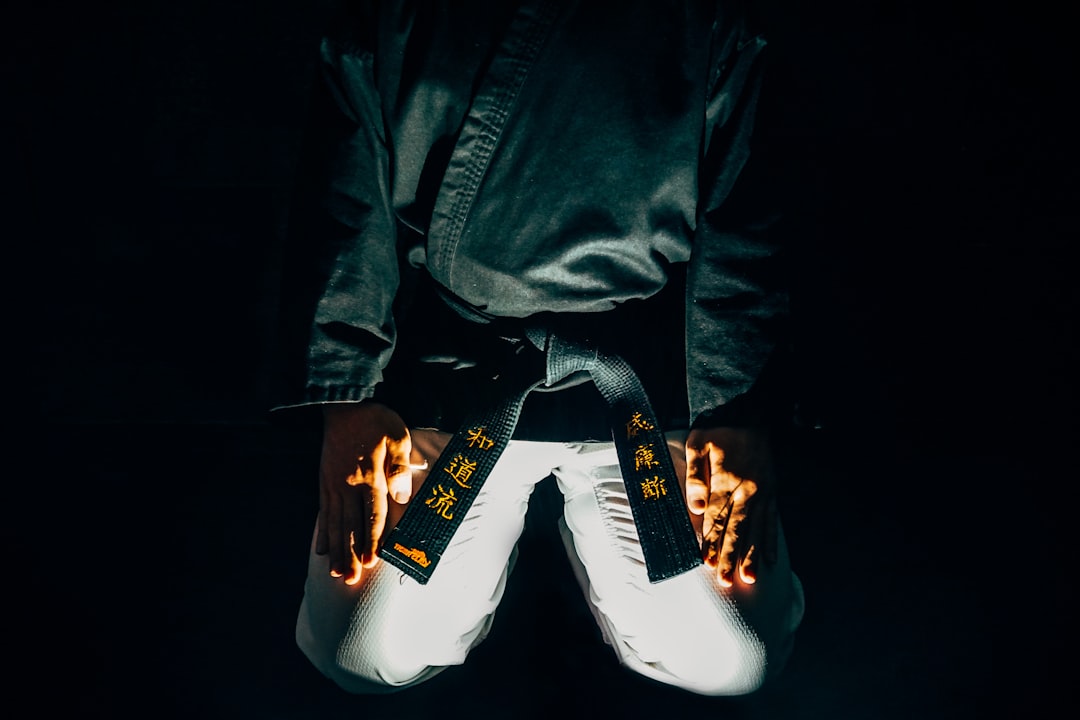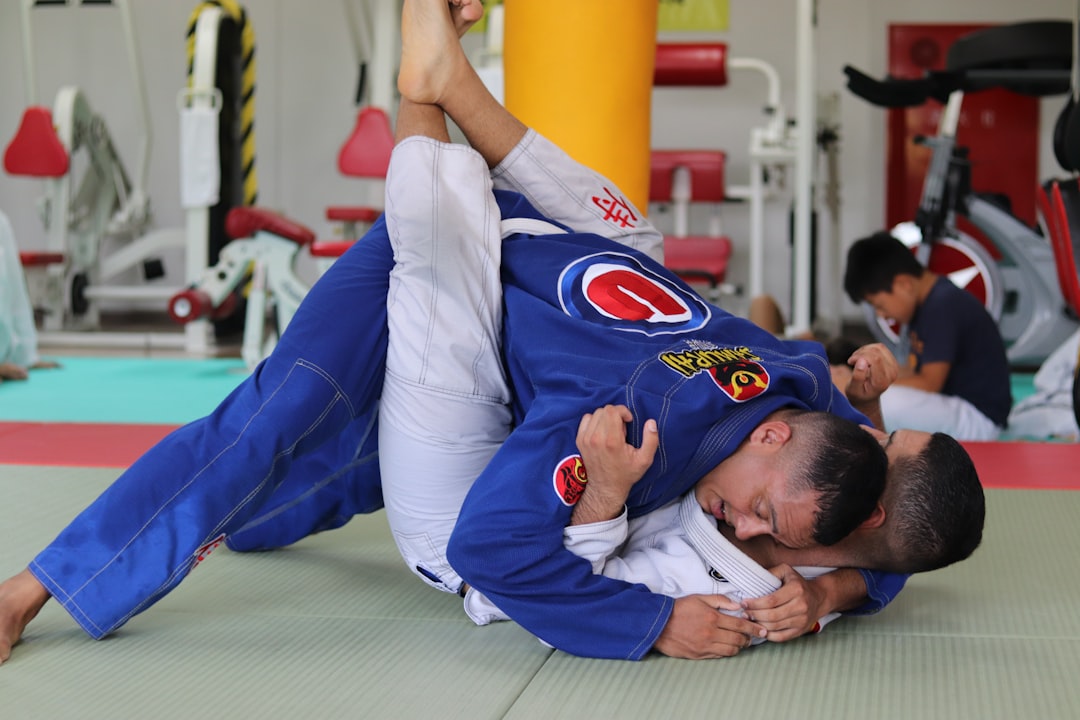The traditional karate uniform, known as a "gi," is central to the practice and holds significant cultural weight, symbolizing respect and discipline within the martial arts community. The gi, consisting of a jacket and pants traditionally made from cotton or hemp, has been shaped by both its origins as a functional training garment and influences from the judogi and kimono. While maintaining its classic design, modern versions of the karate uniform are tailored to offer improved movement for techniques like kata and kumite, with variations in fabric weight and weave to suit different climates and body types. The evolution of the gi reflects a balance between honoring tradition and embracing contemporary needs, catering to both historical integrity and practical functionality. As karate has gained global popularity, so too has the diversity in gi designs and materials, providing practitioners with options ranging from authentic traditional attire to innovative performance-oriented uniforms that uphold karate's rich heritage while ensuring adaptability to future developments.
Discovering the essence of a martial artist begins with donning the traditional garb—the karate uniform, often referred to as a gi. This article delves into the significance and style of the gi, exploring its role in the martial arts practice and competition. Beyond its functional aspects, the evolution of the karate gi reveals a rich tapestry of tradition and adaptation, charting its transformation from a ceremonial garb to a practical training attire. Join us as we uncover the karate uniform name and its journey through time, offering insights into the martial art’s cultural heritage and modern-day application.
- Unveiling the Karate Uniform: The Gi's Significance and Style
- The Evolution of the Karate Gi: From Tradition to Modern Training Attire
Unveiling the Karate Uniform: The Gi's Significance and Style

When engaging in the disciplined practice of karate, practitioners don a uniform that is both functional and steeped in tradition. Known colloquially as a “gi,” this garment is more than just a uniform; it’s a symbol of respect and discipline intrinsic to martial arts culture. The gi typically consists of a jacket and pants, made from heavy cotton or hemp fabric, which allows for ease of movement during various kata and kumite sequences. Is the karate uniform called a “gi”? Indeed, the term “gi” is the correct name for the traditional karate uniform, and it serves as a blank canvas against which the practitioner’s skill and discipline are highlighted. The design of the gi is not arbitrary; it is carefully constructed to facilitate motion while also upholding the martial tradition. The top, or jacket, is buttoned up and has long sleeves, often with reinforcement at key stress points like elbows and shoulders. The trousers, which are straight-legged and hemmed above the ankle, complete the ensemble. Together, these elements form a uniform that is both practical for martial arts practice and resonant with the cultural heritage of karate.
The Evolution of the Karate Gi: From Tradition to Modern Training Attire

The term “karate uniform” often refers to what practitioners wear during training and competition, commonly known as a “gi.” The evolution of the karate gi has a rich history that reflects both cultural significance and practical adaptation. Originally, the garment was simple and functional, designed to facilitate movement and protect the wearer’s skin from scrapes and abrasions during practice. Over time, the karate uniform underwent subtle changes, influenced by traditional Japanese attire, including the judogi, which itself has roots in the kimono. Today, the modern karate gi retains its original design elements but is tailored to meet the demands of contemporary martial arts training. It typically consists of a heavier, cotton top and lighter trousers, available in various weaves and weights to suit different climates and body types. The evolving nature of the karate uniform underscores the blend of tradition and practicality that defines the sport, ensuring that practitioners have attire that respects its origins while providing functionality for modern training.
The transformation of the karate gi from a traditional garment to a standardized piece of athletic gear is a testament to the sport’s global expansion and the need for adaptability in training attire. As the practice of karate spread beyond Japan, so too did the styles and materials used in manufacturing the gis. Now, karateka (practitioners) have a range of options when choosing their uniform, with some opting for traditional designs that hark back to the roots of the martial art, while others prefer more modern, performance-enhancing fabrics that offer greater mobility and durability. This diversity in choice reflects the sport’s dynamic nature and the ongoing commitment to honor both tradition and innovation in the evolution of the karate uniform.
In wrapping up our exploration of this martial art staple, it’s evident that the karate uniform, commonly referred to as a gi, is much more than mere training attire. Its origins and evolution reflect the rich history and cultural significance of karate itself. The gi serves as a symbol of unity and respect for the traditions upon which this discipline is built, while also adapting to meet modern athletic demands. For practitioners and enthusiasts alike, understanding the karate uniform name and its evolution offers a deeper appreciation for the martial art’s heritage. Whether in a traditional dojo or a contemporary gym, the gi remains an integral part of the practice, embodying the principles of discipline, respect, and humility that karate fosters.
